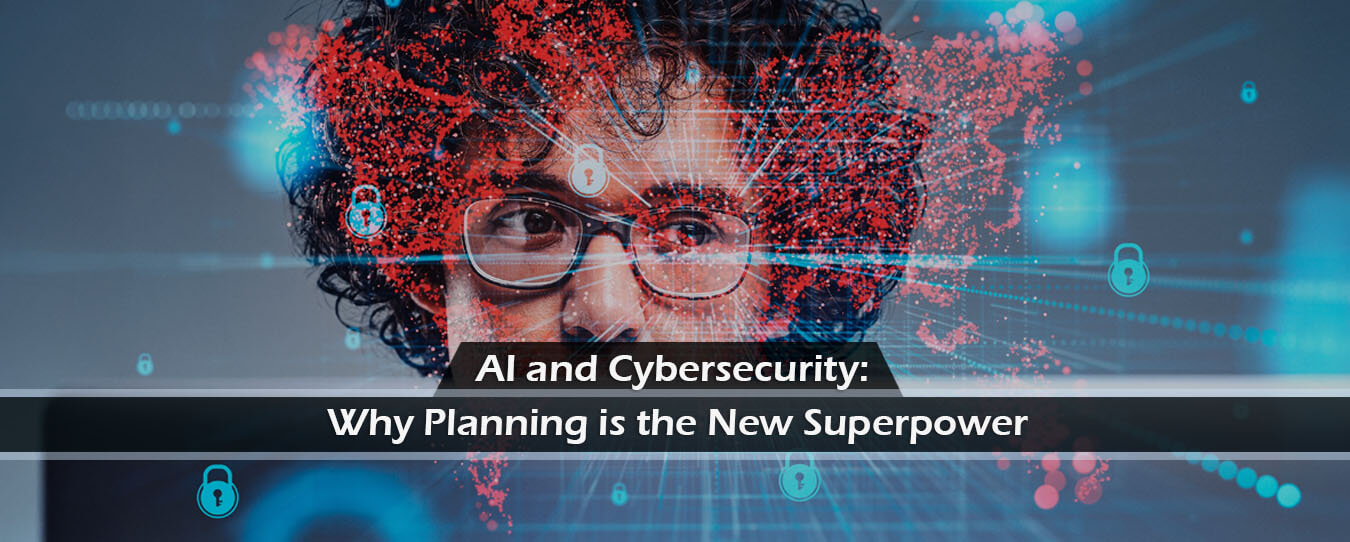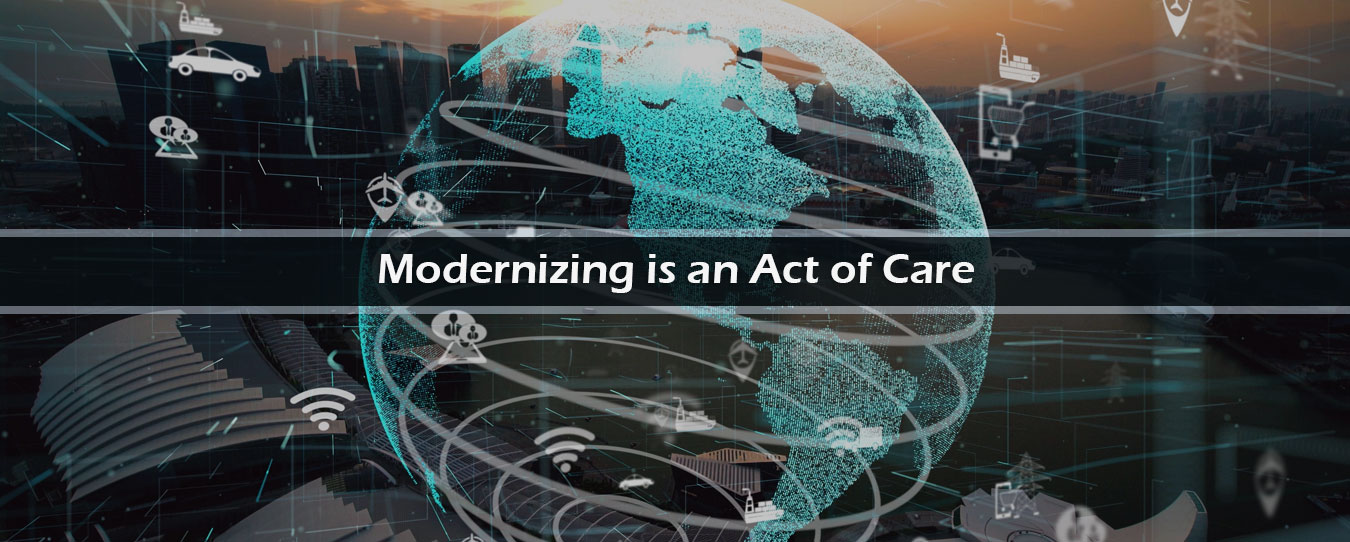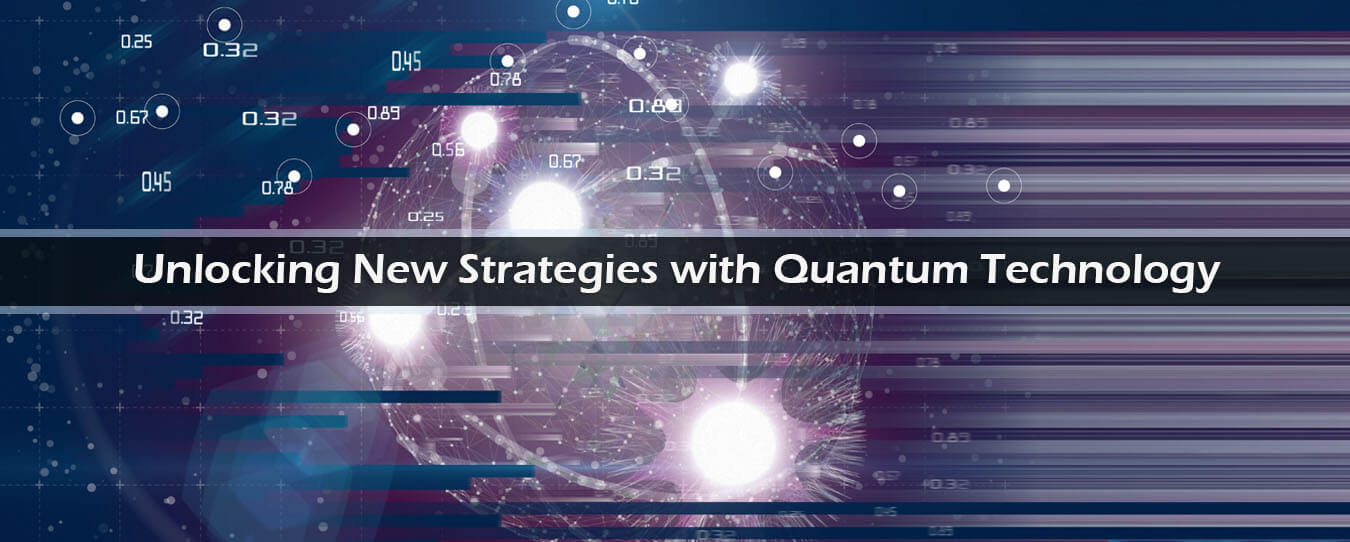AI and Cybersecurity Why Planning is the New Superpower
To keep data and infrastructure secure, experts say planning matters now more than ever.
Artificial Intelligence is no longer just a technologists dream. It’s the engine powering innovation at the world’s biggest companies, commerce at the ballpark, and traffic lights in small towns. Running alongside – or ahead – of all this efficiency, though, is a whole lot of danger.
For cybersecurity professionals, AI is a double-edged sword. It gives defenders sharper eyes while equipping attackers with smarter weapons. As Chris Brosnan, CRO at Ampcus Cyber, says: “AI is now in use throughout your organization – whether you like it or not.”
So how do we embrace AI’s potential while managing actual threats ? Chris says planning is the best way to keep data and infrastructure secure.
A Rising Tide – or a Storm?
A 2025 IBM Security report found that cyberattacks now involve AI-driven tools. Cybercriminals are leveraging machine learning to outsmart traditional defenses, crafting deepfake phishing scams and deploying adaptive malware that evolves in real time. Weekly, infostealers spread through phishing emails, surging by 84% according to the report.
On the other side, according to Gartner, preemptive solutions will command 50% of IT security spending by 2030, replacing detection-and-response. The bad guys are running fast, and the defenders must run faster.
To avoid turning the AI playground into a battlefield, firewalls alone won’t cut it. Our IT future is about securing how AI thinks inside your network. That requires bold but simple action steps.
Why Planning Matters
Whether obvious or not, AI touches every department in a company. From HR screening tools to automated customer service chatbots, each of these touchpoints make the organization more efficient. But they also store data, making every data source a potential exploitable leak.
“It’s happening, it’s out there, you’ve got to get ahead of it,” Chris Brosnan warns. “Planning is the biggest missing piece. It’s how you’re going to address it and deal with it.”
Here’s a snapshot of what that looks like:
The core pillars of an AI-cybersecurity plan include:
- Data Protection Defining how corporate data is stored, accessed, and encrypted in AI workflows.
- AI Infrastructure Security Securing large language models, training datasets, and model APIs.
- Access Governance Applying strict identity and access management to every AI system.
- Compliance & Standards Leveraging emerging standards like ISO 42001 for AI governance.
- Continuous AI Threat Monitoring Using machine learning to catch AI-powered attacks in real-time.
Real-World Success
According to IBM Cost of a Data Breach Report 2025, organizations that leverage AI and automation extensively reduce their breach detection and containment times by an average of 80 days, achieving a combined mean time to identify (MTTI) and mean time to contain (MTTC) of 204 days compared to 284 days for non-users.
Ampcus Cyber’s approach shows what a smart plan looks like. Their Security Operations Center (SOC) uses AI to make analysts more effective at real-time defense. They’ve launched AI workshops, embraced ISO 42001 assessments, and help organizations select tools that merge human expertise with AI precision.
Here’s a quick look at how we used a comprehensive cyber drill to make an industry leader in BFSI bulletproof.
The future of cybersecurity will be written by those who plan, not those who panic.
AI is already here, shaping threats and defenses alike. And as Chris Brosnan suggests, the best leaders must act now. Securing data, protecting AI systems, and training people to think ahead is not just defense. It’s strategy, foresight, and strength. In a world of constant change, planning is the only true shield.
Those who prepare today will be the ones still standing tomorrow, ready for whatever AI brings next.



